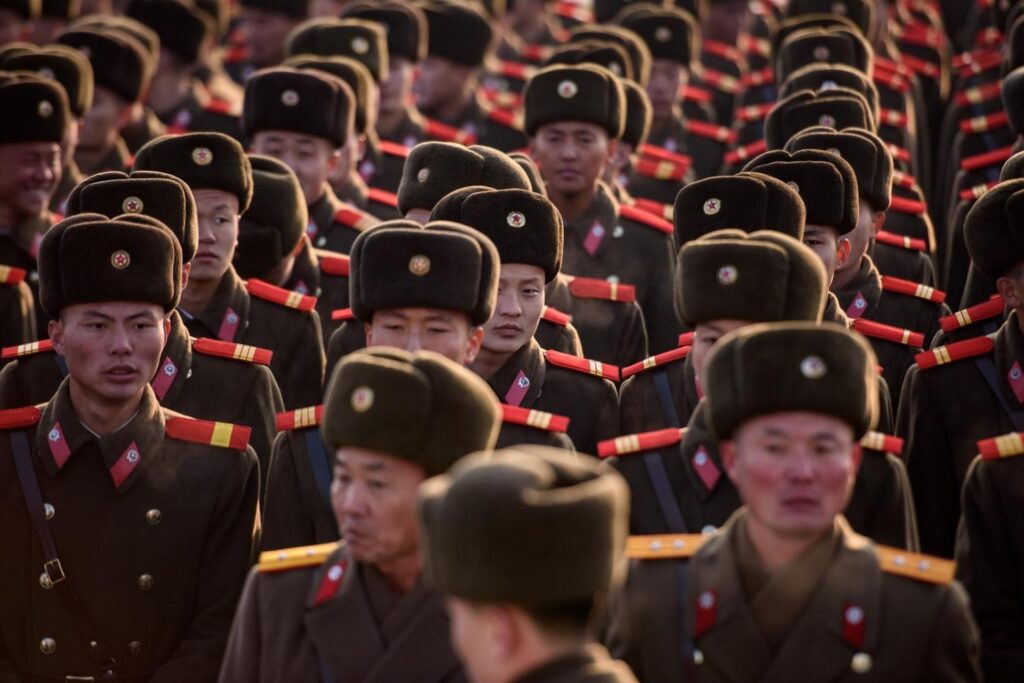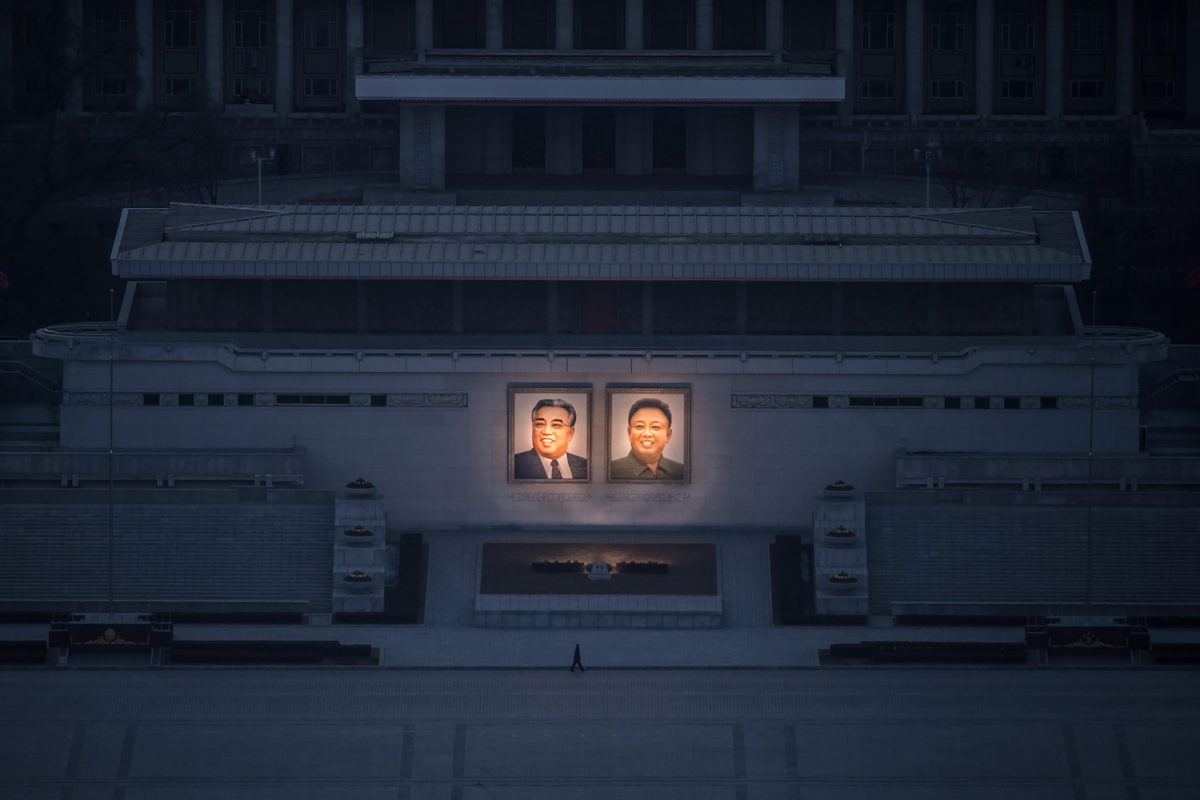Concerning North Korea, the issue that will not be resolved

Background on North Korea’s Weapons Testing
North Korea’s pursuit of missile and nuclear capabilities has been a central aspect of its national defense strategy for decades, placing it at the heart of numerous international crises and negotiations. The country’s journey towards becoming a nuclear-armed state began in earnest in the late 20th century, but it has seen significant accelerations and provocations in the 21st century, punctuated by key milestones that have shaped its current posture on the global stage.
Key Milestones in North Korea’s Weapons Development:
1980s to 1990s: North Korea launches its missile development program’s first tests of ballistic missiles. The technologies established during this epoch served to lay the foundation that would hold for its future successes in missile technology.
2006: North Korea tests its very first nuclear weapon that electrifies the world and without doubt sets out its stall to amass nuclear weapons. Although the test signifies North Korea’s entrance to the nuclear club, it is done while the condemnation from the rest of the world approaches universal dimensions.
2016-2017: Duran 62 Intense testing activities such as several nuclear tests conducted by North Korea and approximately 13 launches of ballistic missiles led to a sharp growth in the firing range and potential of capabilities, including intercontinental ballistic missiles that reach theoretically the United States.
2018-2019: An interim de-freezing sign in the relations, North Korea practices diplomacy with the United States and South Korea, which is the impromptu restraint of testing activity. Nevertheless, discussions tend to break down and more testing is undertaken.
2020-2023: North Korea increased its arsenal with frequent missile testing since a new stunner was demonstrated in virtually all sub-class of missiles, including short-range, submarine-launched, and hypersonic missile tests being humongous and the array has displayed such drastic sophistication.

Escalation at Sea: North Korea’s Latest Missile Tests and the Call to Arms
In a series of actions that have raised tensions in Northeast Asia and made North Korea more famous for using military power to cause trouble, the country has fired another offshore cruise missile. In addition to the fourth incident with these kinds of launches in Pyongyang in 2024, this latest act of defiance is one of many that have been happening to test weapons. Of course, the fact that the regime has been testing weapons steadily and without stopping can also be seen as a sign of a determination that has been hidden.
When North Korea’s strength is on full display, its leader, Kim Jong Un, has sent a chilling message to speed up war preparations, especially for making North Korea’s navy stronger. His calls were made while a full review of naval projects was being carried out in a meeting on the west coast of the country, which was set up in Nampho. Kim Jong Un’s way of ignoring North Korea’s naval forces doesn’t show how important it is to strengthen regional force posture in three ways. This shows that Kim Jong Un is determined to make his country stronger and more militarised. It also shows that he is open about his plans to use military showmanship as a diplomatic tool to build a nuclear-armed superpower. This goal is a well-thought-out response to growing threats from other countries, especially from Pyongyang’s point of view, especially against the US, South Korea, and Japan, which work together to boost their military power, in part because North Korea is making progress on its nuclear weapons and missile programs. Encouraging the spread of naval warfare through North Korea in particular is a threat to regional stability that affects the security problems of North Korea’s neighbors and the whole world. One problem with this is that as Kim’s country’s military gets ready in this way, the effects go far beyond the seas where these missiles land, causing many people to worry about how they will affect peace, order, and safety in a region that has a history of tensions. It’s important to note that 2024 is another step in North Korea’s determined pursuit of nuclear and missile technology. It will also mark the fourth round of tests of cruise missiles. This escalation is important not only because it happens so often, but also because it shows how strong technology is. When compared to ballistic missiles, cruise missiles pose very different risks because they fly much lower and can’t follow a straight line. Their development shows that North Korea wants to get around missile defence systems and gives them more short-term strategic advantages in a possible relationship landscape.
But Pyongyang’s actions this year make it clear that they want to improve their ability to strike, their tactical and strategic options, and send a very clear message to their enemies about how determined they are to protect their sovereignty through advanced military means. The focus on cruise missiles and the ongoing development of nuclear capabilities show a dual strategy: making it easier to attack and send defensive signals, which makes things more dangerous for its peers and the world as a whole.
Regional and International Response
Reactions from South Korea, the United States, and Japan
South Korea, the US, and Japan were all worried about this and called the tests a threat that didn’t help the peace process in the region. Following the United States’ lead, South Korea has increased its monitoring and armed readiness, doing joint military drills to improve its ability to defend itself. To show how serious it is about protecting South Korea and Japan, strategic assets have been sent to make a show of force and also to prepare for a possible attack from North Korea. Japan has also been pushing for tougher international sanctions against North Korea, and it works closely with its allies, like South Korea and the US, to make their missile defence systems stronger. The United Nations and other international groups have also taken notice of North Korea’s missile drills. When the UN Security Council doesn’t like North Korea’s missile and nuclear tests, it always uses sanctions against the country. This is because sanctions make the Pyongyang government very angry and make them stop the testing. On the other hand, it has become harder to agree on new sanctions or measures once it has been reached because permanent members have different views. A kaleidoscope of regional forums, such as the ASEAN Regional Forum (ARF), has called for peacefully denuclearizing the Korean Peninsula. These forums have also made it clear that tensions should be resolved through dialogue.
Conclusion
North Korea’s recent increase in weapons tests, along with its efforts to build a navy armed with nuclear weapons, marks a turning point in the security situation in Northeast Asia. Kim Jong Un’s change in strategy not only shows that he wants to be more aggressive in the military, but it also makes things more difficult for peace efforts around the world and in the region. The responses from South Korea, the US, Japan, and international groups show that everyone is worried and ready to use a mix of diplomatic, military, and economic strategies to stop North Korea from acting provocatively. As the world tries to figure out what North Korea’s growing power means, the best way forward is to find a good balance between dialogue and deterrence. Peace and stability on the Korean Peninsula can only be achieved through long-term international cooperation, creative diplomacy, and a dedication to resolving tensions peacefully. The situation makes it clear that all parties need to start talking to each other in a constructive way right away if they want to denuclearize and make peace last in the region. There will be many problems along the way, but there will also be chances for peace to win out over conflict.